How to Survive Scotland’s Single-Track Roads—and Still Enjoy the Scenery!
Liz Lister | Scottish Blethers
The first rule for visitors to Scotland to remember is that, as in the rest of the UK and indeed a significant proportion of the world, we drive on the left. As you become more confident and your travels take you in search of the stunning scenery to be found in our more remote, rural locations, you may hear local residents complain that visitors drive on “what’s left”!
Away from our major towns and cities, much of our land is wild and sparsely populated. Common grazing means that livestock aren’t constrained by field boundaries and so you’re more likely to be stopped in your tracks by a flock of black-faced sheep or a herd of hairy Highland coos than a conventional traffic jam.
When it’s you vs a coo, you’d be wise to give him the right of way.
Image | Scozzy, Pixabay
A combination of difficult terrain and harsh weather conditions often makes these routes challenging to maintain and this, combined with the scattering of the population over vast areas, can result in little pressure on local authorities to upgrade them. From a very early age, locals become adept at driving in these conditions—a small price to pay for the peace and solitude of some stunning rural locations and great opportunities to spot local wildlife.
While familiarity may breed confidence, it’s hardly surprising that driving on these rural routes can be daunting for first-time drivers. By no means unique to Scotland, one of the first challenges that visitors will face is the single-track road. The clue is in the name: a road that permits two-way travel but isn’t wide enough in most places to allow vehicles to pass one another.
With over 2500 miles of these routes in the Highlands alone, it’s easy to find yourself in a tricky situation if you haven’t done your research into how to navigate them. However, they are also an integral part of the wonderful experience that exploring Scotland can become if you just follow some simple etiquette and basic rules.
A good starting point is the UK Highway Code, containing a number of rules that cover pretty much every driving eventuality. These have been summarised in leaflets that are readily available at Tourist Information Centres and ferry terminals. You can also download it here for free. Here are a few tips to get you started:
The first thing to crack is the use of passing places. Along the length of these narrow sections, at appropriate places on both sides of the road, there are small lay-bys (designated areas to pull off the road) generally marked by either black and white poles at the roadside or special square “passing place” signs. They’re very frequent, and so it would be rare to find a stretch without at least one in sight. Passing places serve two purposes: they allow cars approaching from opposite directions to pass safely, but they also provide opportunities for overtaking, which isn’t possible on these narrow sections of road.
The most important rule to remember: always keep left! This may seem straightforward, but it can be easy to forget when there’s only one lane. If you see a vehicle coming towards you, or the driver behind wants to overtake, pull into a passing place on your left, on the passenger side of your vehicle. If the nearest passing place happens to be on the right, wait opposite, keeping to the left, and allow the oncoming car to pass. If you see a car stopped by a passing place waiting for you, with the passing place on your left, then you should pull into it. Sometimes the place will be large enough that you can do this without stopping, and just carefully drive in and out of the place but other times this won’t be possible and you’ll have to stop in the passing place and let the other vehicle drive on before you leave it.
Single-track road with a lay-by and passing place sign near Kinlochewe in Torridon, Scotish Highlands
Image | Wojsyl, Wikimedia Commons
The cardinal sin, which you should never commit, is to cross over the road into the passing place on the right-hand side. At best this can cause confusion, at worst a nasty bump which your insurance might not cover, as technically you were on the wrong side of the road. Remember the mantra: just keep left.
There are no hard and fast rules as to who has right of way, although the UK Highway code does specify that you should give way to vehicles coming uphill wherever possible. Generally, it’s down to a mixture of common sense and politeness—and that’s where the fun begins! Where you can see some way down the road, there are likely to be several passing places between you and the oncoming car. The trick is to work out the optimal passing place, but this comes with experience, so while you’re still a novice you might want to take the prudent approach and dip into the first available space. You then signal to the oncoming driver that they can proceed by giving a quick flash of your lights.
Courtesy is everything, so when someone has stopped to let you pass you should acknowledge this with a wave of thanks, wide grin or thumbs up. It’s amazing how good it makes you feel when all the traffic you pass appears to have your best buddy at the wheel; a world away from city driving where gesticulations may have quite different connotations! However, there are times when British politeness can result in a Mexican standoff. “After you”, “No, after you” can inevitably lead to both progressing at the same time. Just laugh with your newfound bonhomie and enjoy the moment.
The general speed limit for these roads is 60mph, but that doesn’t mean it’s always safe to go that fast. Anticipate the unexpected: a bad bend, narrow bridge, stone walls on either side, or local wildlife that decides to wander into the road in front of you. Be prepared for pedestrians, horse riders and cyclists walking or riding in the road and give them a wide (and slow) berth. And it’s not unusual to encounter a service bus or timber lorry coming around the bend ahead.
Drive at a speed you’re comfortable with and that allows you to revel in the beauty around you. At the same time, be aware that not everyone enjoys the luxury of being on holiday. Locals make a living here, have hospital appointments, catch trains or ferries. There is nothing guaranteed to annoy and stress your fellow-drivers more than allowing a convoy to build up behind you while you dawdle along, caught up in the moment. Check your mirror regularly, and at the first opportunity, when there is no oncoming traffic, you should signal your intention to pull into a passing place and allow the traffic behind you to pass. You’ll often be rewarded by a wave or toot of the horn— much better than the flashing lights of an irate local postie or delivery driver!

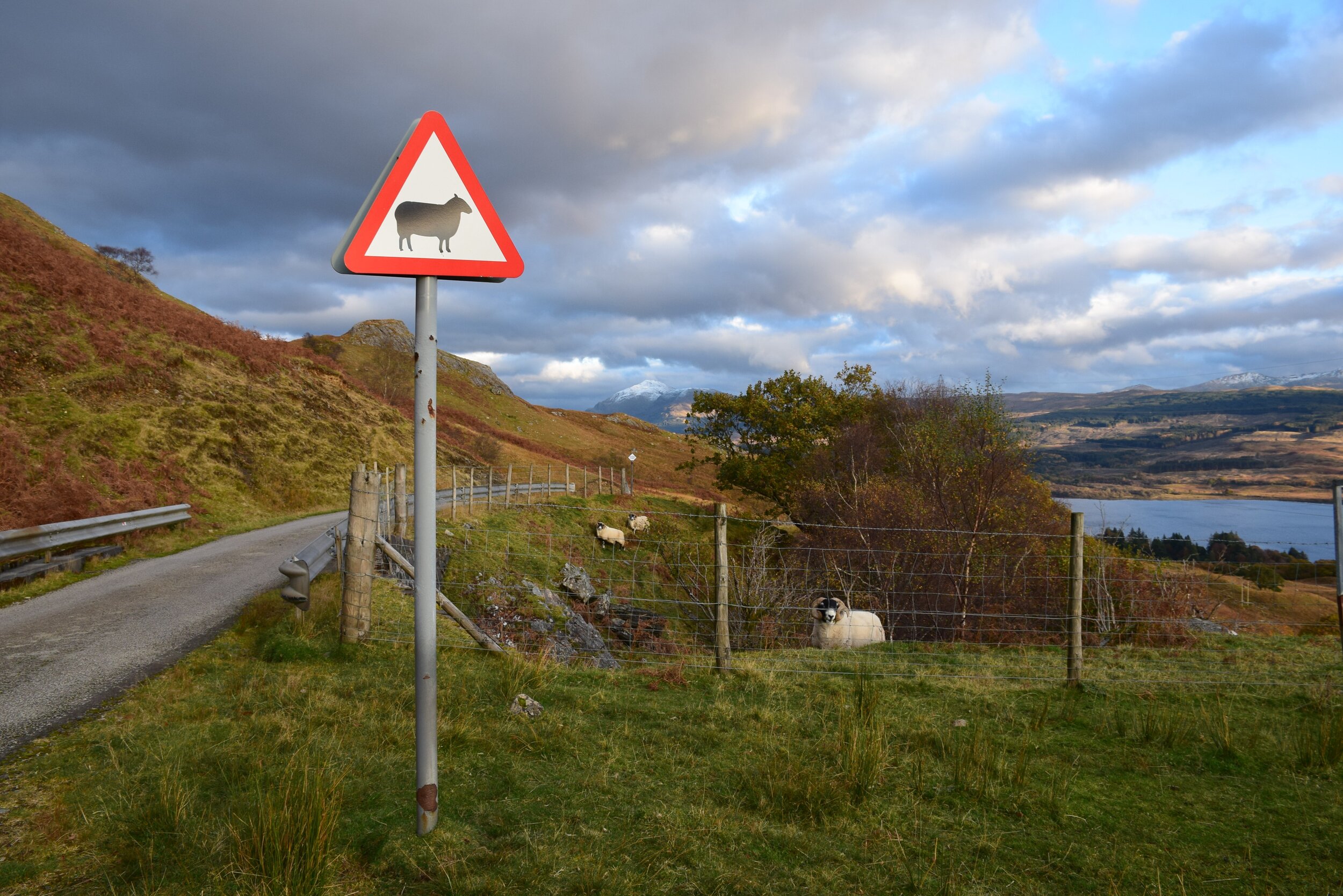

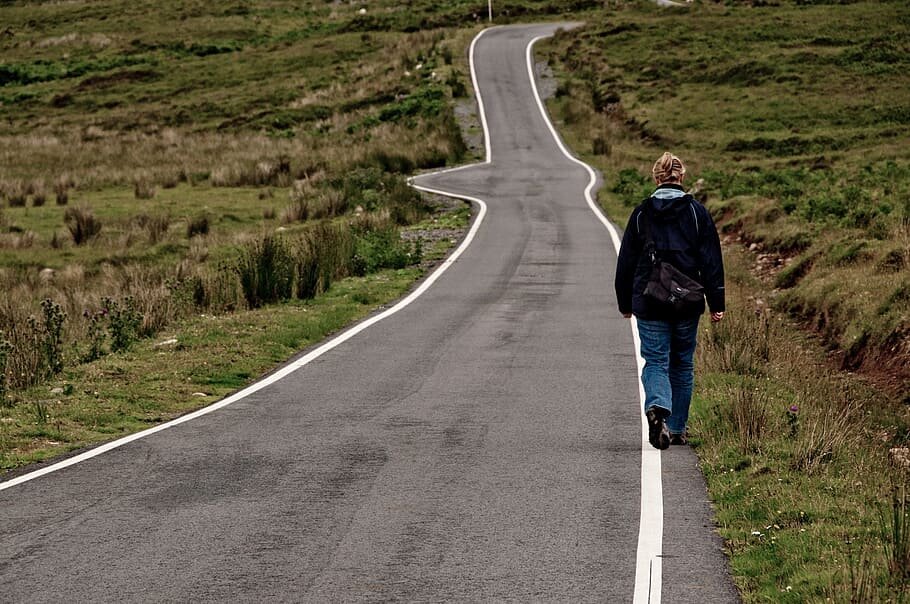
On the topic of etiquette, there are a few more Do’s and Don’ts to be aware of.
• Do make sure that you’re able to reverse with confidence—particularly if you’re driving a larger vehicle or towing a caravan—as you may have to reverse some distance if you’ve just overshot a passing place when you meet a string of vehicles coming in the opposite direction.
• Do pay attention to road signs. Some single-track roads may have weight limits or are unsuitable for certain types of vehicle, which may apply to you if you’re driving a motorhome or towing a caravan.
• Do not, under any circumstance, use a passing place for parking as this may cause an obstruction for other road users. Yes, the photo opportunity may be irresistible but there are generally stopping places along the route, often located at scenic viewpoints for this very purpose.
• Similarly, do not park in front of farm gates or at the entrance to farm tracks where the farmer may require 24-hour access to feed their livestock or milk their dairy herd—or just go to the pub!
• Finally, do be aware that verges are often soft and squidgy and may conceal ditches, so you shouldn’t use them for passing or reversing. Even the most experienced driver may be caught unawares, as evidenced by one of my regular coach drivers “Wee John.” An excellent driver, he tried to manoeuvre past an oncoming vehicle but strayed too far onto the verge which collapsed, tipping the coach and passengers into the ditch. Thankfully, no one was injured, but the road was blocked for 24 hours as a crane was brought in to extricate the coach. Needless to say, John’s face was red and his popularity amongst the locals plummeted!
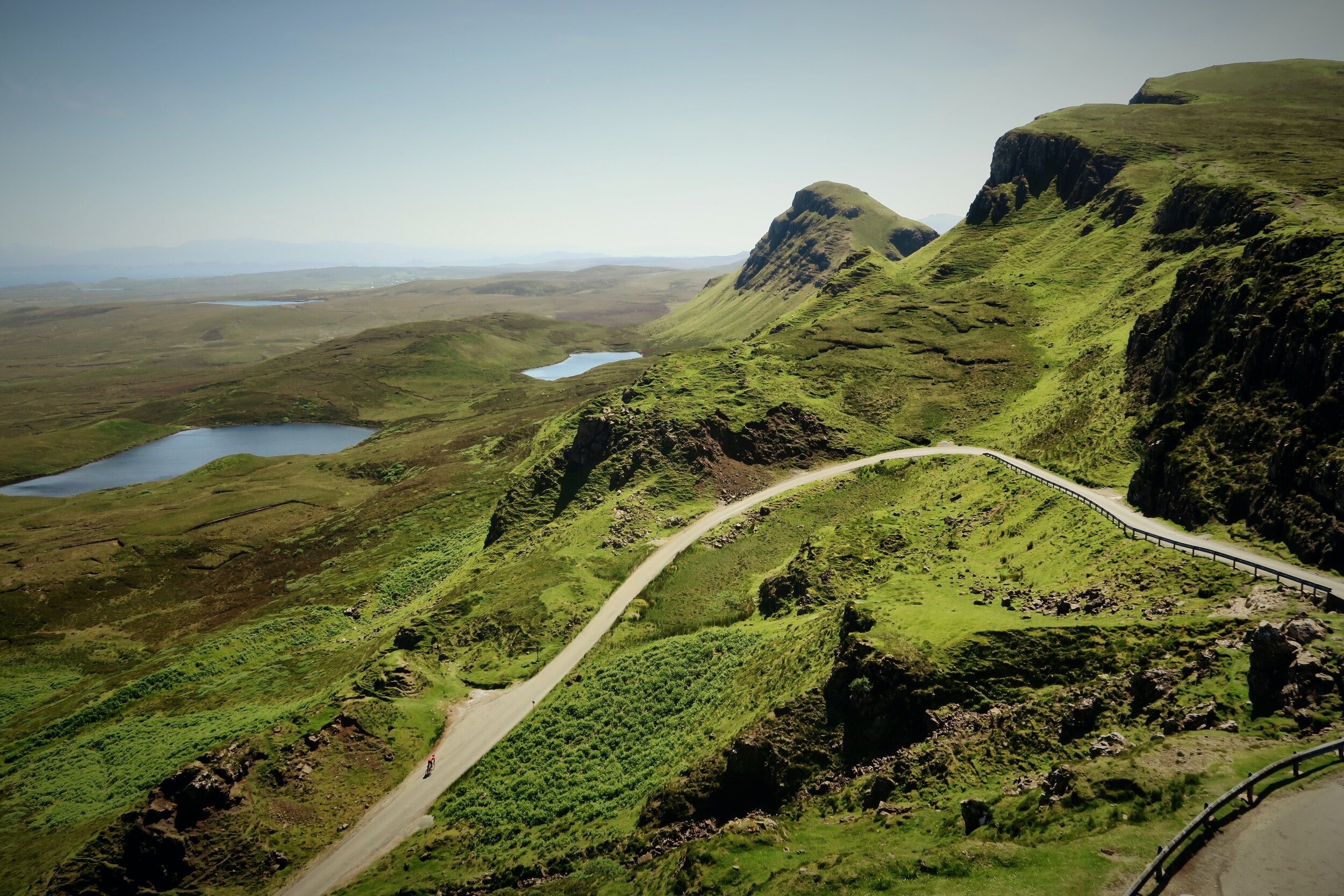
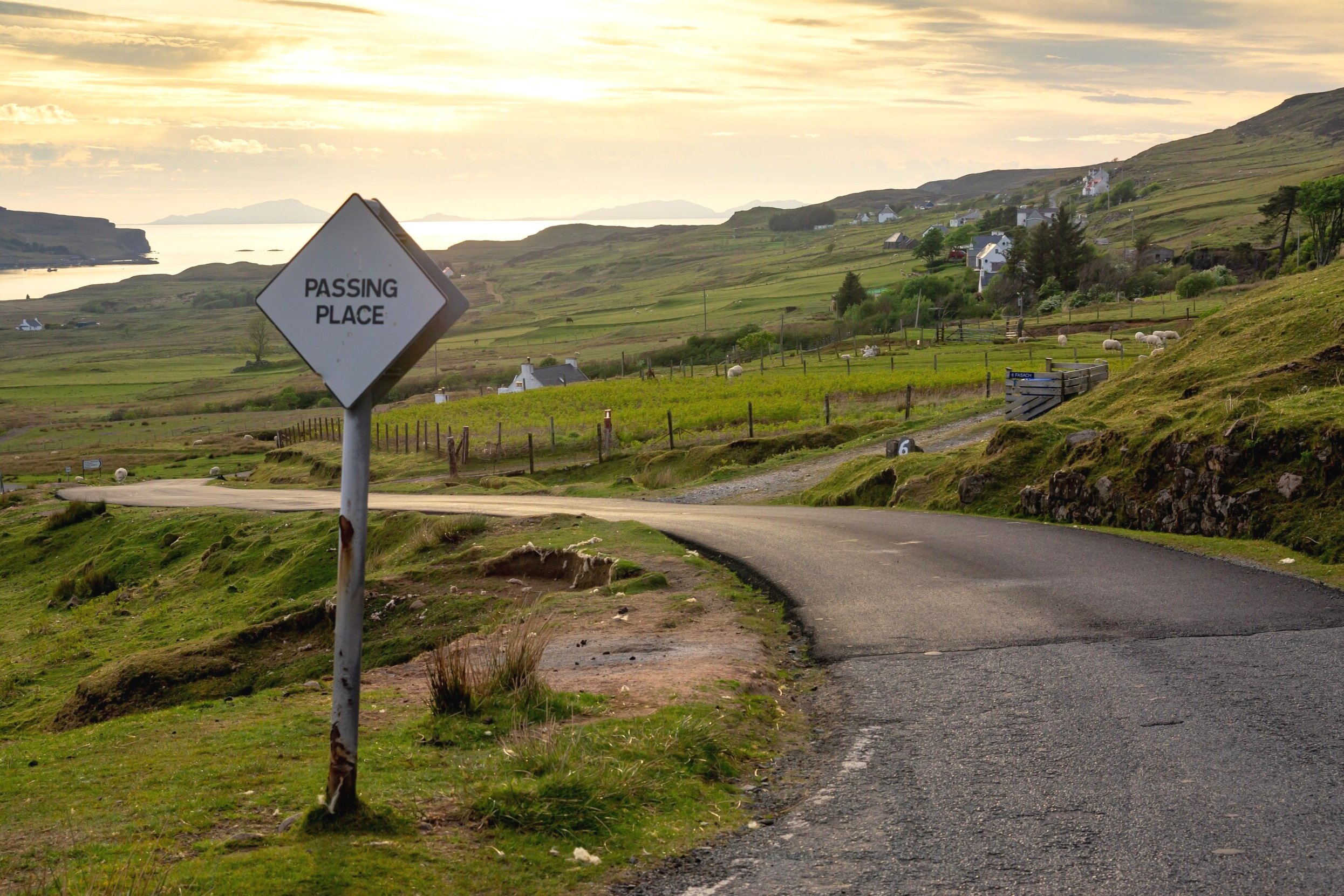
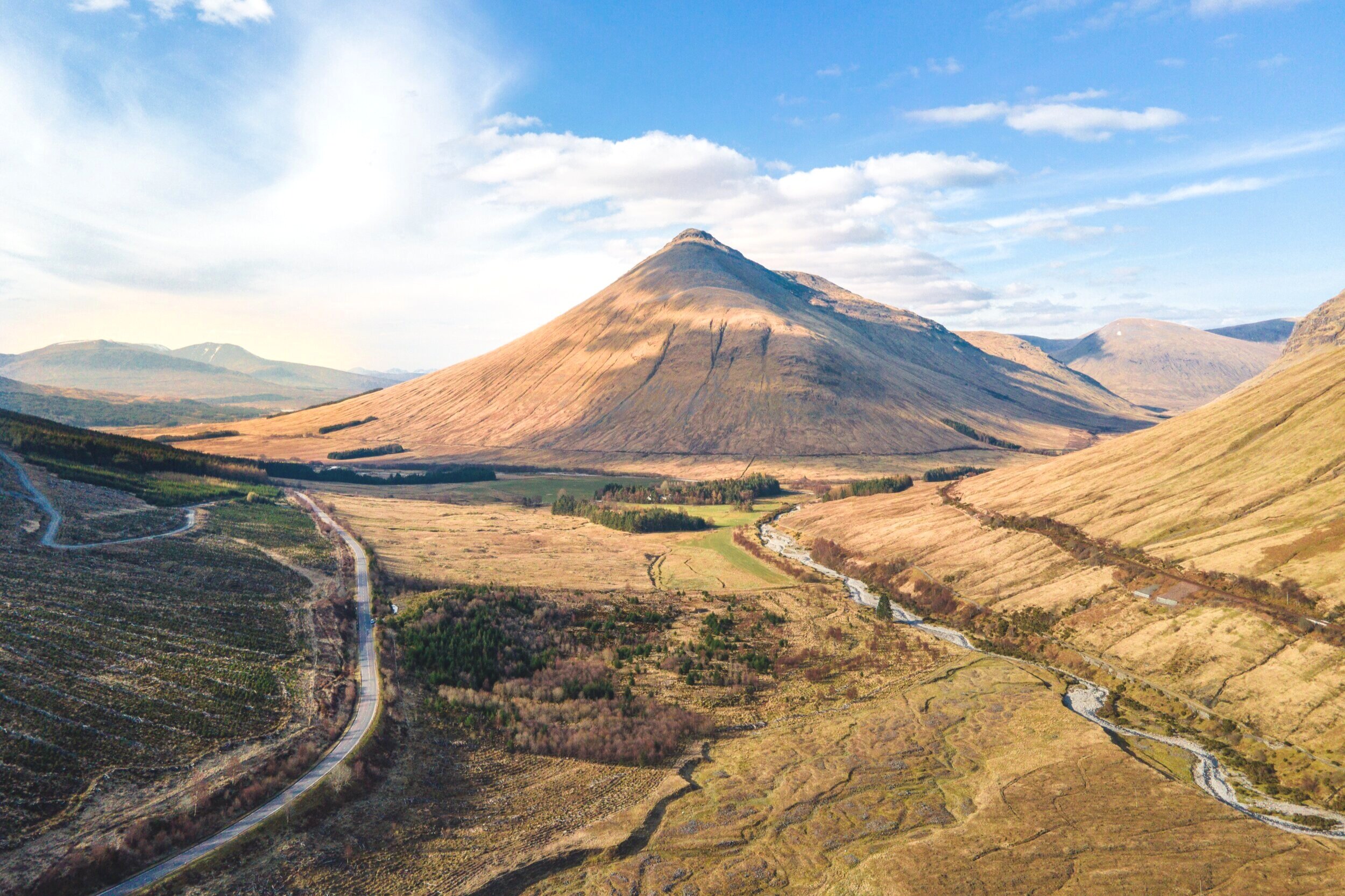
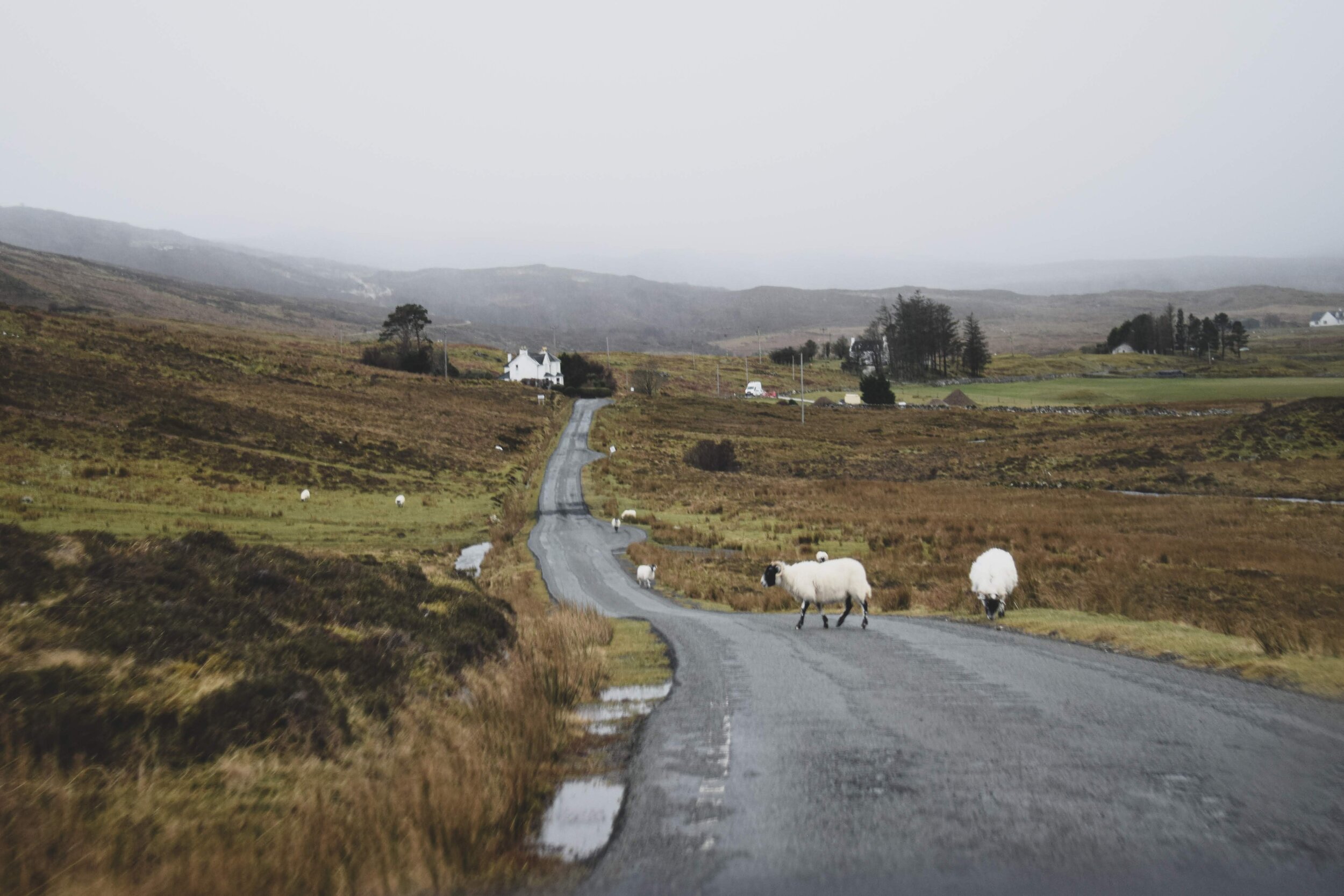
It just goes to show that accidents can happen to anyone, but with a little research and caution, you can avoid them happening to you. Your efforts will be rewarded by access to some of Scotland’s most remote and beautiful landscapes and memories that will last a lifetime.
If you’re new to the concept of driving on single-track roads, you may wish to watch some of the videos on YouTube. The short videos below provides a good introduction.


